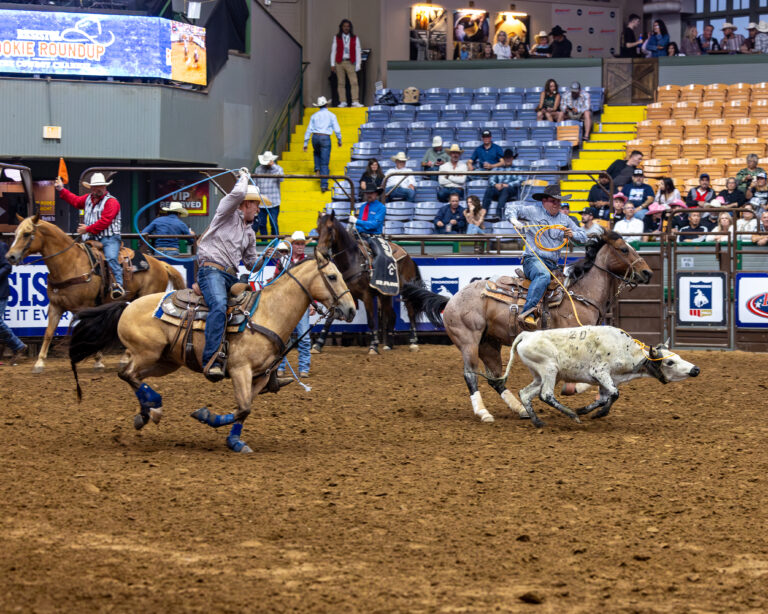Seemingly, the hands of time had left the documented history of roping behind, trapped in VHS and DVD format, but no longer. The Rodeo Video content that ran through yesteryear is back.
Circa 1985, Arizona’s Reed Flake partnered with his uncle Keith Flake to film rodeo. The business already had its start in the care of Zoli Vajda’s Rodeo Classics but, turned over to the Flake men, Rodeo Video became the de facto living room resource for watching the greatest roping and rodeo events of the time. Now, having withstood the test of said time, the footage from those events are the chronicles of the sport’s history.
WATCH: Rodeo Video Vault on Roping.com
Problematically, though, technological advances have been made in the same sort of warp speed that team roping times have evolved into, and the ability to access the footage became increasingly rare. Only the stalwarts of yesteryear who maintained possession of working VHS and DVD players could relive the greatest runs of the BFI or the NFR or the George Strait Team Roping Classic, all captured by Rodeo Video. Until now.
Rodeo Video is on Roping.com
When the ink dried in April of this year, Arizona ranchers and businessmen Keith Flake and his nephew Reed Flake handed the Rodeo Video keys to the on-demand streaming service Roping.com, powered by yours truly, The Team Roping Journal. As a result, instructional videos filmed with the now icons of the sport will have a permanent and perfect home alongside video of the team roping legends of today and tomorrow.
For ProRodeo announcer Reed, he’s excited to see the footage transition to a new and time-sensitive platform.
“I’m glad somebody’s going to buy that stuff and maybe repackage it, reinvent it, reuse it, rather than it just sit on our shelf and nobody gets any more use out of it,” said the fifth-generation Arizonan. “This next generation, you know, these next kids coming up, some of that stuff, they may have never had access to it. I think [Roping.com] will utilize it to where people can see it and use it and benefit from it.”
On the receiving end, it feels like things are coming full circle.
“All that video is phenomenal,” said Tom Winsor, CEO of Equine Network, which owns Roping.com and The Team Roping Journal. “We used to sell those years ago in the Spin to Win Rodeo newsletter, and they were big sellers. I think they did a great job of catching all the video and making it happen and, now, I think it’s important that it lives somewhere where it can continue to live on and exist on a platform that will take care of it and manage it.”
For those excited by the news, Roping.com is rolling out the newly acquired content now, including instructional videos, open ropings, match ropings and more.
“It’s just great historic video,” Winsor continued.
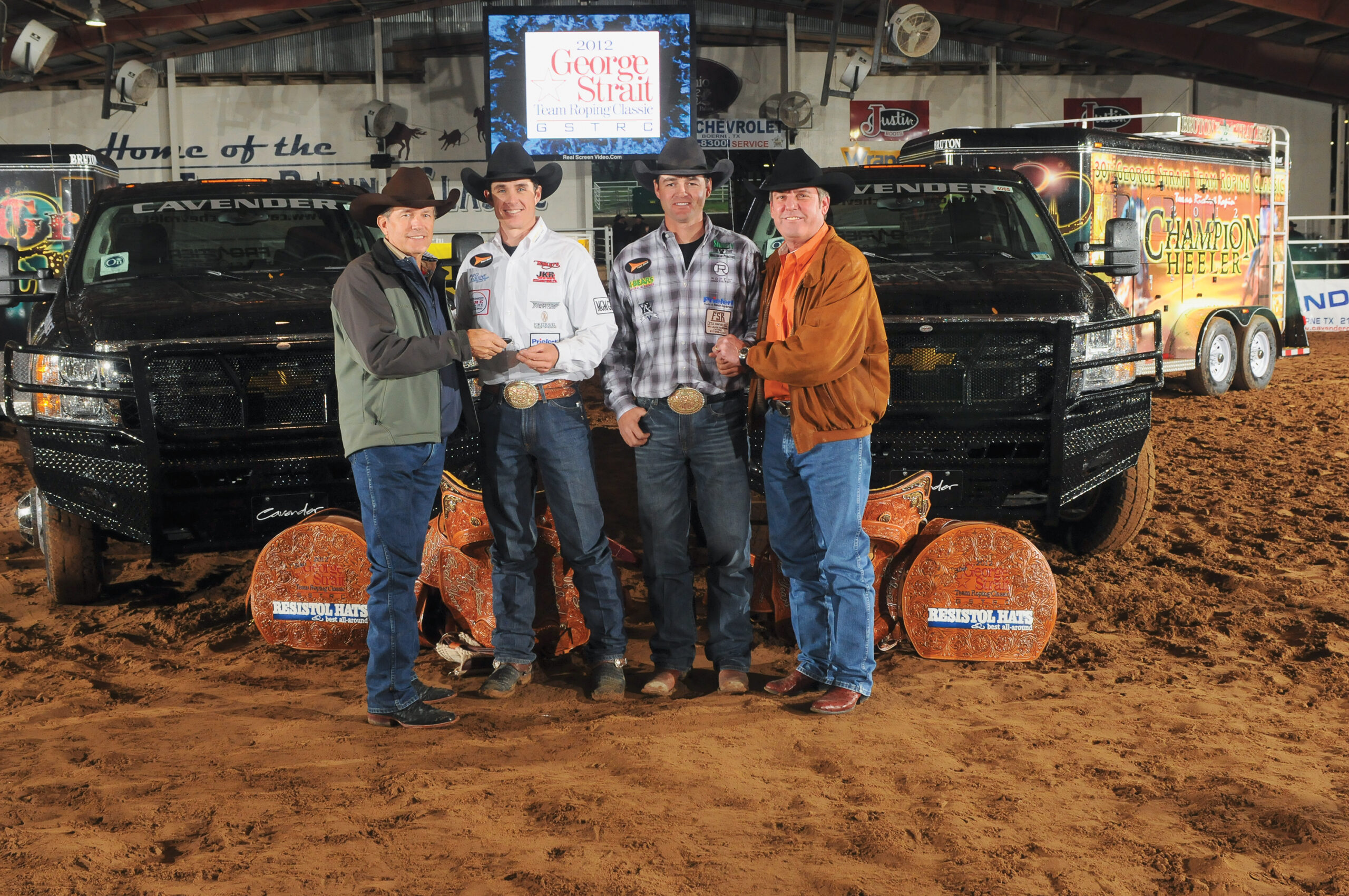
Why Rodeo Video Matters
In the era of great rodeo and roping, Rodeo Video was there. They filmed the George Strait Team Roping Classic from 1992 through its final run in 2017 and the Bob Feist Invitational from 1993 to 2018. Other favorite roping events included the Spicer Gripp Memorial Roping, George Aros’ Mike Cervi Jr. Memorial Pro Team Roping, the Timed Event Championship and the Wildfire Open to the World, not to mention the NFR coverage they made accessible in every home.
Match ropings pitted team roping titans like Jake Barnes and Clay O’Brien Cooper against Bobby Hurley and Allen Bach on 30 steers each. Then, Matt Tyler and Kory Koontz v. Steve Purcella and Steve Northcott, and they just kept getting better. Soon, Kevin Stewart and Martin Lucero took on Trevor Brazile and Wayne Folmer, followed by Matt Sherwood and Cory Petska against Derrick Begay and Cesar de la Cruz. And the watching was unbelievable.
“They roped 30 different steers and I think it was over three score lines,” Reed explained. “At the end of 29 runs—no lie—it was dead-even tied. It came down to the last steer on a 30-steer match.”
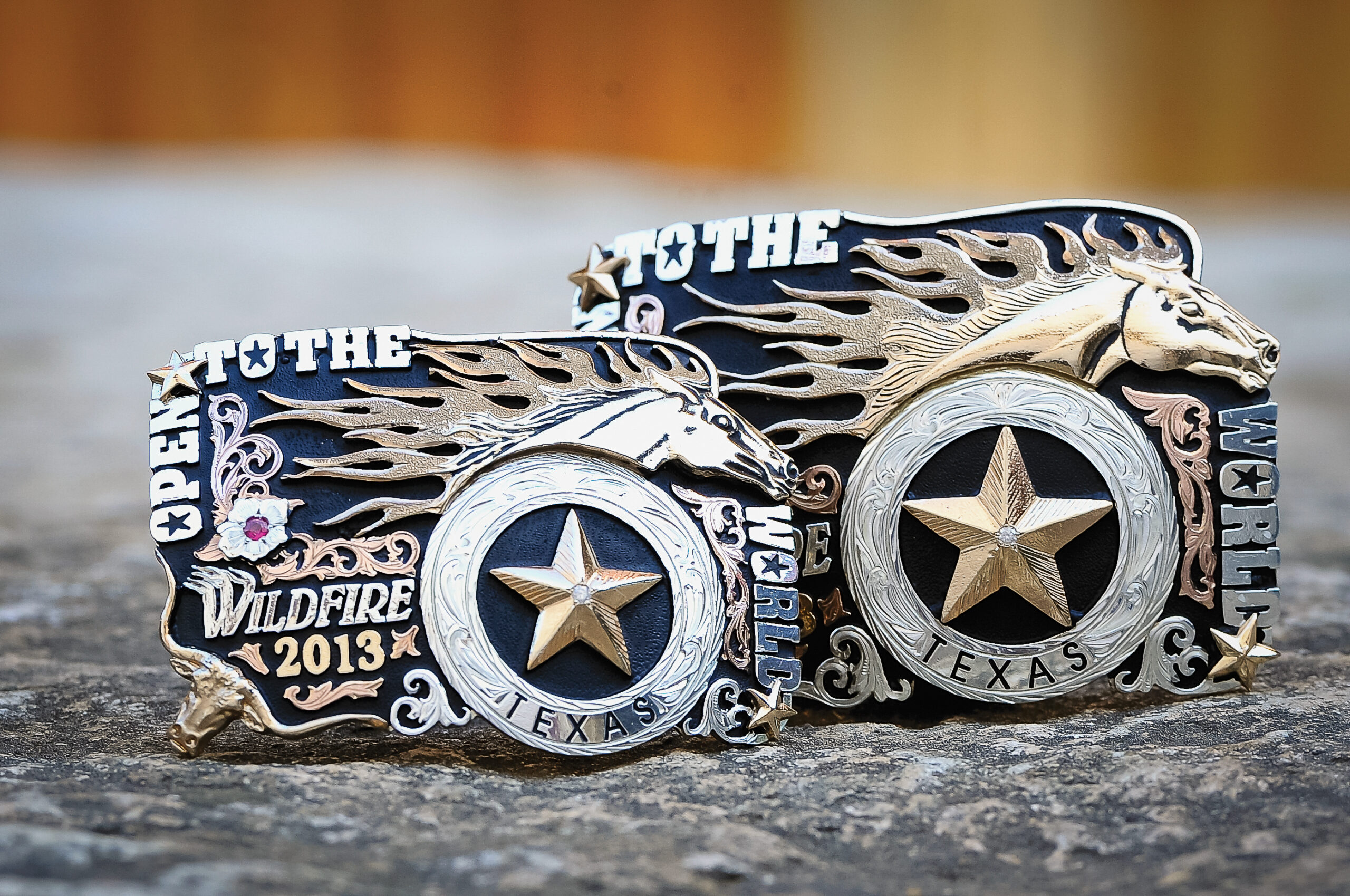
What we know now is today’s team ropers grew up on it. Everyday ropers watched the tapes on replay and, when someone’s wife accidentally recorded her favorite daytime show over the BFI, Rodeo Video was there to save the day, Reed said. And some of those everyday ropers’ kids became today’s champions.
“I have always loved team roping; I grew up with a rope in my hand, roping whatever would move from a very young age,” said reigning World Champion Header Kaleb Driggers. “I was ate up with it and loved every bit of it. My dad told me whenever a rodeo would come on TV, I would sit down with them and watch the entire rodeo and never move. Having access to all the roping tapes was such a blessing because I believe I learned a lot just from watching the pros rope and, nowadays, there is even so much more.”
How Rodeo Video Started
The true Rodeo Video roots can be traced back to a 1967 Cal Farley’s Boys Ranch rodeo where an Amarillo-based television engineer was part of a four-camera crew (they were shooting in black and white) covering the event.
“I was an engineer working for [KGNC Television] and I was pulling cable and helping set up cameras,” said Zoli Vajda of Zoli Vajda Television Productions. “I saw those young men competing, and I had never been to a rodeo, and I just kind of fell in love with it. I thought, ‘Boy, this is a real sport. This is man versus the elements and the dirt and the rain and the hot sun and the animals.’
“That’s about it,” Vajda stated. “I got hooked and I’ve enjoyed it ever since.”
His first rodeo experience led to more opportunities to shoot rodeo events and it wasn’t long before Vajda was being sought out to manage first-time rodeo coverage.
“The operations manager and the sales manager came to me and asked me if I would direct,” Vajda said of the first time the station was covering a culminating event for Texas High School Rodeo Association. “I had not directed a rodeo, but I’d been an engineer at rodeos and I knew the setup.”
Piece of cake … until rodeo does what rodeo does: Delivers the action.
“Best laid plans of mice and men,” Vajda prefaced. “We had the black and white camera on the scoreboard because it really didn’t matter, and the color camera was on the action. I can’t remember if it was the first or second bareback rider out of the chutes and he hit the ground and he did a, I just mean, flat. And that was it. He didn’t move. And this was long, long before paramedics sitting on the sidelines waiting for something to happen. They finally got the ambulance there and they turned the lights out in the arena—and I’m doing a TV show. Luckily, I had lights in the announcer’s booth.”
For the better part of an hour, Vajda’s team improvised with the lights out. And, when the young bareback rider made his way to the hospital in the ambulance, the lights came on and the show went on, and Vajda had begun a career in on-the-spot problem-solving. Combined with his relatively new passion for rodeo, Vajda created Rodeo Classics and produced videotapes of the action—his first offering being of the 1976 NFR.
“He put together some great productions,” said the venerable Bob Feist. “He was an awesome director to work for and he did the Winston Pro Tour and the PRCA and the National Finals for many years.”
Through the Bob Feist Invitational, Feist and Vajda connected with Reed and Keith.
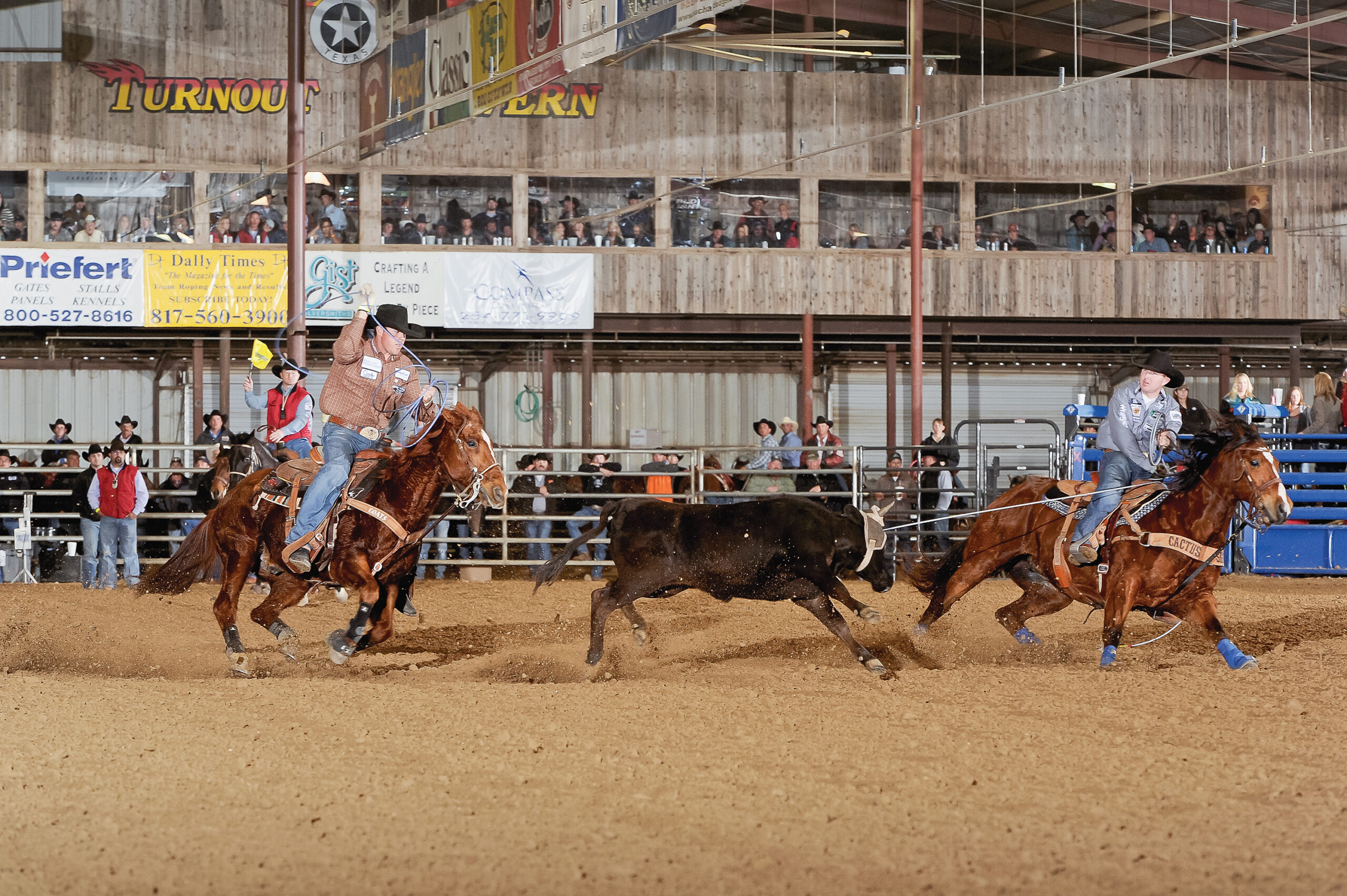
Arizona Really Is for Team Ropers
According to Vajda, Keith, who was operating a chain of video rental stores throughout Arizona called Rent-A-Flik, called one day and revealed that he was tapped into a prime roping and rodeo market.
“I had a business at that time with a Navajo partner and some video rental stores on the reservation,” Keith said. “And, of course, rodeo is really big [there] and I thought, ‘Why don’t we put some videos out there?’ I found out that Zoli was the man and talked to him, and that’s where it started.
“We had stores in rural parts of Arizona; probably 15, 20 stores and about five of them were on the reservation. But then, the secondary thing was we felt that we could sell the videos to other video stores as well.”
Plus, being in Arizona where dally roping really took a hold in the previous 10 years or so was just an absolutely perfect fit.
[READ MORE: Cowboys Share Their Life & Times in Cactus Country]
“We created videos for him, including highlight videos that were never found anywhere else,” Vajda said. “They were for his renters, and that was a great move because he developed a big, big market in that area.”
When the new Rodeo Video team took on the filming aspect for themselves, they partnered with the Indian Rodeo Cowboys Association and seized their first opportunity in the Navajo Reservation’s Window Rock.
“One of our first rodeos that we went and filmed was an Indian Rodeo out at Window Rock,” Reed remembered. “We went and filmed it, brought all the footage back, edited it, and then we had to have somebody do the voiceover on it.”
Reed went on to paint a picture of editing video that has likely been forgotten by most. Because footage and sound were recorded on actual tape and then physically cut and spliced in editing, there was no way to salvage the audio. Today, audio can be pulled away from the image and stored and edited separately but, then, it meant canning the original audio and dubbing over with new audio.
Looking back, Reed notes the work was a touch amateur but, really, it was also groundbreaking.
What made It Great
It’s worth pointing out that the World Wide Web didn’t exist yet in 1985—that Pandora’s Box wasn’t open to the public until 1993—and VHS was the new technology, having just made its break from Betamax cassettes. Whereas ropers can literally watch live events at the touch of their fingers today (ahem, enter shameless Roping.com plug—check out the livestream schedule!), the first video rental store in the country only opened in 1977.
If you’re of a younger ilk, that means that, when people wanted to watch entertainment at home that wasn’t being broadcast on the local or national television network (cable didn’t exist yet either), you had to drive to town and go into a store to find a videotape to take home for the week. And when you went through the trouble of making it to town and scoring the video you were hoping wasn’t already rented out, you watched the same program as many times as you could. (But the tape quit at the end. To watch it again, you had to rewind.) For the homes that went ahead and invested in the purchase of a tape, there’s no telling how many times videos were viewed.
“One time, this was at Reno, at the Livestock Event Center,” Reed started. “I was walking down the mezzanine there. We were announcing by go rounds and I had a round off. My wife, Amy, was with me and we were walking and talking and these two ladies stopped and they said, ‘You’re Reed Flake.’
“They said, ‘Don’t take this wrong, but we’re sick and tired of listening to you. Our husbands go to bed every night watching the BFI, and all we hear is your voice. And we’re sure you’re a nice guy, but we’re tired of listening to you!’”
Reed took the good-humored jab from the women as a compliment. It was also telling of how most of the roping community was consuming their product. They were also repurposing it.
“I’m very proud of the fact that the BFI tape is used by a lot of roping instructors that have schools,” Feist said. “They slow-motion the BFI tapes to show why somebody missed or why they caught, and the style and the approach they used. And, doing that teaches good horsemanship and being able to think in the arena, too, and not just be fast.”
For Feist, the footage was really an extension of what he had already designed his event to be: a promotion of the greatest roping skills in the industry. At the event, his long score fostered decision-making over speed. In the videos, the voiceovers and the graphics set the audience up for an elevated viewing experience that gave them the information they needed, showed them where to look and then got out of the way.
“We didn’t hype [the audio] a lot like you would at a rodeo because we figured these people all understood roping and they just wanted to either watch it without the sound or they just wanted to watch the skills and the talent of the teams. That’s kind of what we’d bring out, some interesting points about the teams and things, stuff like that.”
The BFI tapes, Feist noted, also proved to be a handy parenting tool for moms and dads with young ropers.
“There were many mothers that will tell you it was the best babysitter they had,” he said. “They would tell the kids, if you don’t behave, you can’t watch the BFI tonight.”
(Rumor has it that it also worked on salty husbands.)
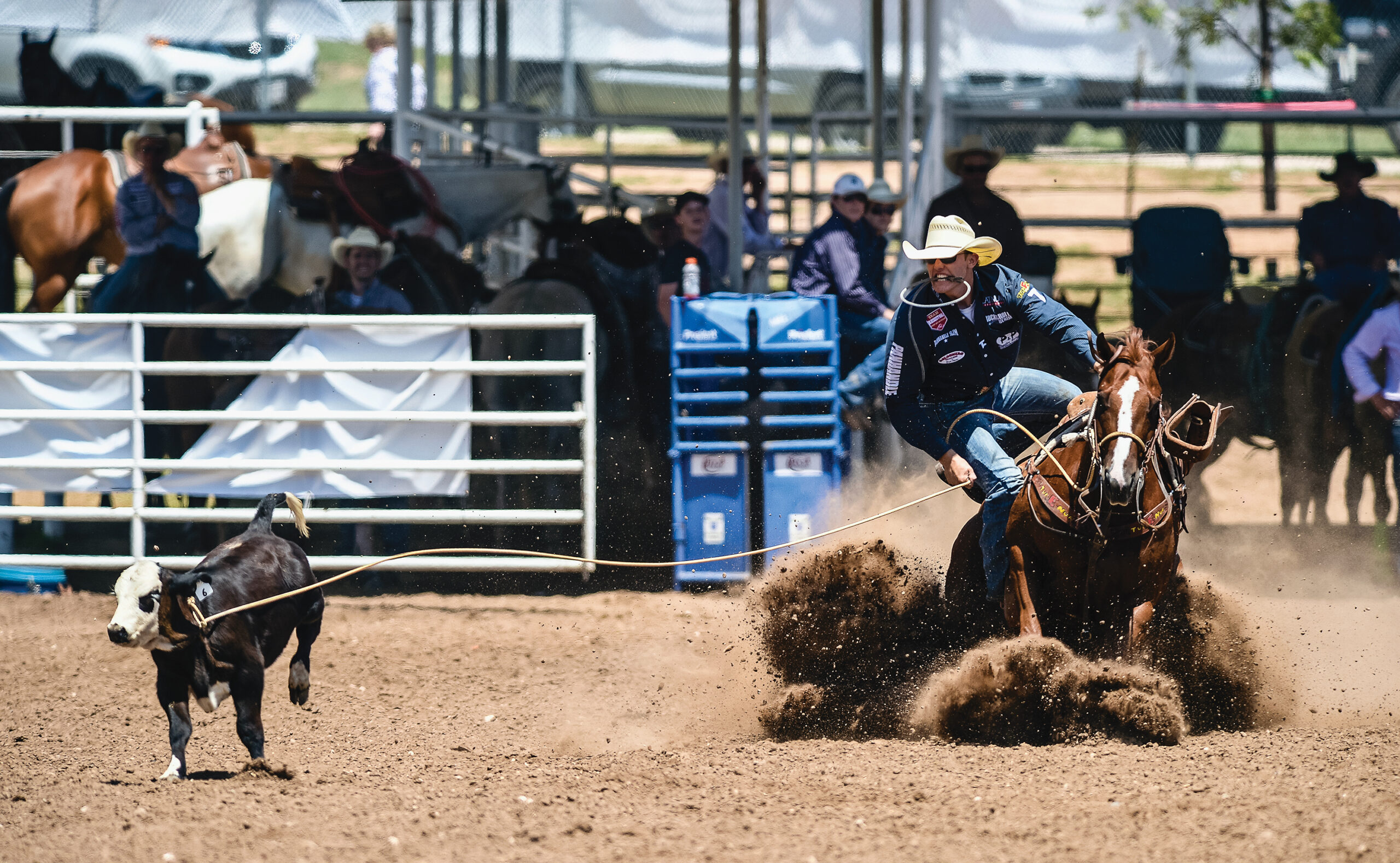
What It Means
Jokes aside, Rodeo Video captured the history of roping.
“We’ll be one of the only historic records of video out there,” Winsor stated.
In an ever-increasing world of copyrights and corporations protecting creative property in vaulted and inaccessible archives, Roping.com aims to give its members a level of access that has never existed. No rental fees; no trips to town … not even an ask to “Be kind, rewind.”
“There’s footage that, if it becomes available, it’s good for the sport,” Keith offered.
Interestingly, though, this technological shift is also a return to Rodeo Video’s roots.
“People will contact us wanting to buy those DVDs of the NFR,” Reed said. “It’s more of a service for the families and the cowboys.”
So, for fans, families and contestants alike who’ve lamented the loss of their favorite roping footage, we hope you’ll find the coverage you’ve been missing soon.
Content from the Rodeo Video vault first rolled out on Roping.com with the legendary Mega Match on 5/21/23!





